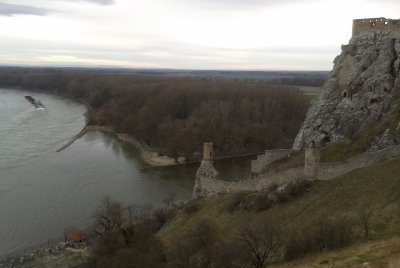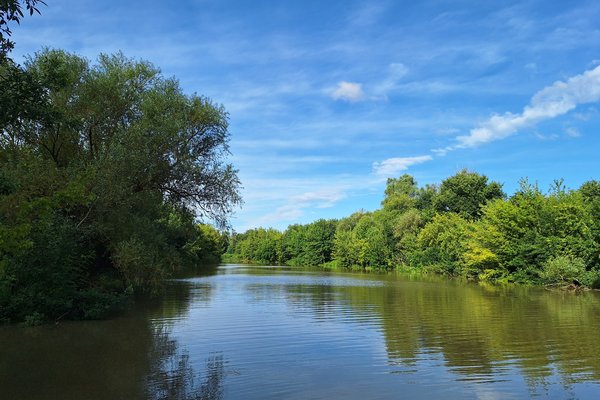Slovakia
Danube Natural and Cultural Landscape
The Natural and Cultural Landscape of Danube Region comprises a forest ecosystem, Roman Limes remains and Slavic settlements.
The area is important for waterfowl and freshwater fish.
Site Info
Official Information
- Full Name
- Natural and Cultural Landscape of Danube Region (ID: 1739)
- Country
- Slovakia
- Status
-
On tentative list 2002
Site history
History of Danube Natural and Cultural Landscape
- 2002: Added to Tentative List
- Added to tentative list
- Type
- Mixed
- Criteria
Links
- UNESCO
- whc.unesco.org
All Links
UNESCO.org
- whc.unesco.org — whc.unesco.org
Community Information
- Community Category
- Natural landscape: Forest
- Cultural Landscape: Continuing
Travel Information
Recent Connections
News
No news.
Recent Visitors
Visitors of Danube Natural and Cultural Landscape
- Alexander Lehmann
- Assif
- Bram de Bruin
- Can SARICA
- Carlos Sotelo
- Cezar Grozavu
- David Berlanda
- Erik G
- Evgenii
- Frederik Dawson
- George Gdanski
- GeorgeIng61
- HaraldOest
- Hasco
- henrik_hannfors
- Jonas Kremer
- Lisu Marian
- Martina Rúčková
- Matejicek
- michaelsballard
- MoPython
- MRZVA
- Persian Globetrotter
- Petri Jurescu
- Rafał Kałczuga
- Randi Thomsen
- Riccardo Quaranta
- Roger Ourset
- Roman Bruehwiler
- shoaibmnagi
- Solivagant
- Stan
- Szucs Tamas
- Tamara Ratz
- Tetena
- Tevity
- Thomas Buechler
- tony0001
- Tsunami
- Vanessa Buechler
- Wojciech Fedoruk
- YaroMir
Community Reviews
Show full reviewsMatejicek
Danube Natural and Cultural Landscape
Danube Natural and Cultural Landscape (On tentative list)

This is very confusing nomination, because it is not clear what is exactly included to the proposed area. The official text on the UNESCO web pages mentions mostly the inundation landscape of river Morava between borders with Czechia and Bratislava. In other texts, I found that the nomination is focused on certain parts of the inland delta of river Danube between Bratislava and Komárno on the borders between Slovakia and Hungary, which is kind of unique on the European level, but the original natural character of the delta was partly destroyed by Gabcikovo dam during the communist era. Thus, parts around river Morava are better preserved than that of Danube.
The nomination is divided between cultural and natural heritage of the Danube region. The natural part consists of several strict reserves and protected landscape areas of marchlands and sands around rivers Danube and Morava. As it is mostly impenetrable landscape, I could see it only from distance during my trips to southern Slovakia and northern Hungary. The problem is that the natural part of this nomination is under strong pressure of development, and I have doubts about its qualities on the international level.
As concerns the cultural part of the nomination, this part of Europe has been inhabited by humans for thousands of years, and every culture has its imprint there. The most important is probably Danube Limes, which has been nominated as separate TWHS with high chances for inscription in 2020. I do not understand why the …
Keep reading 0 comments
